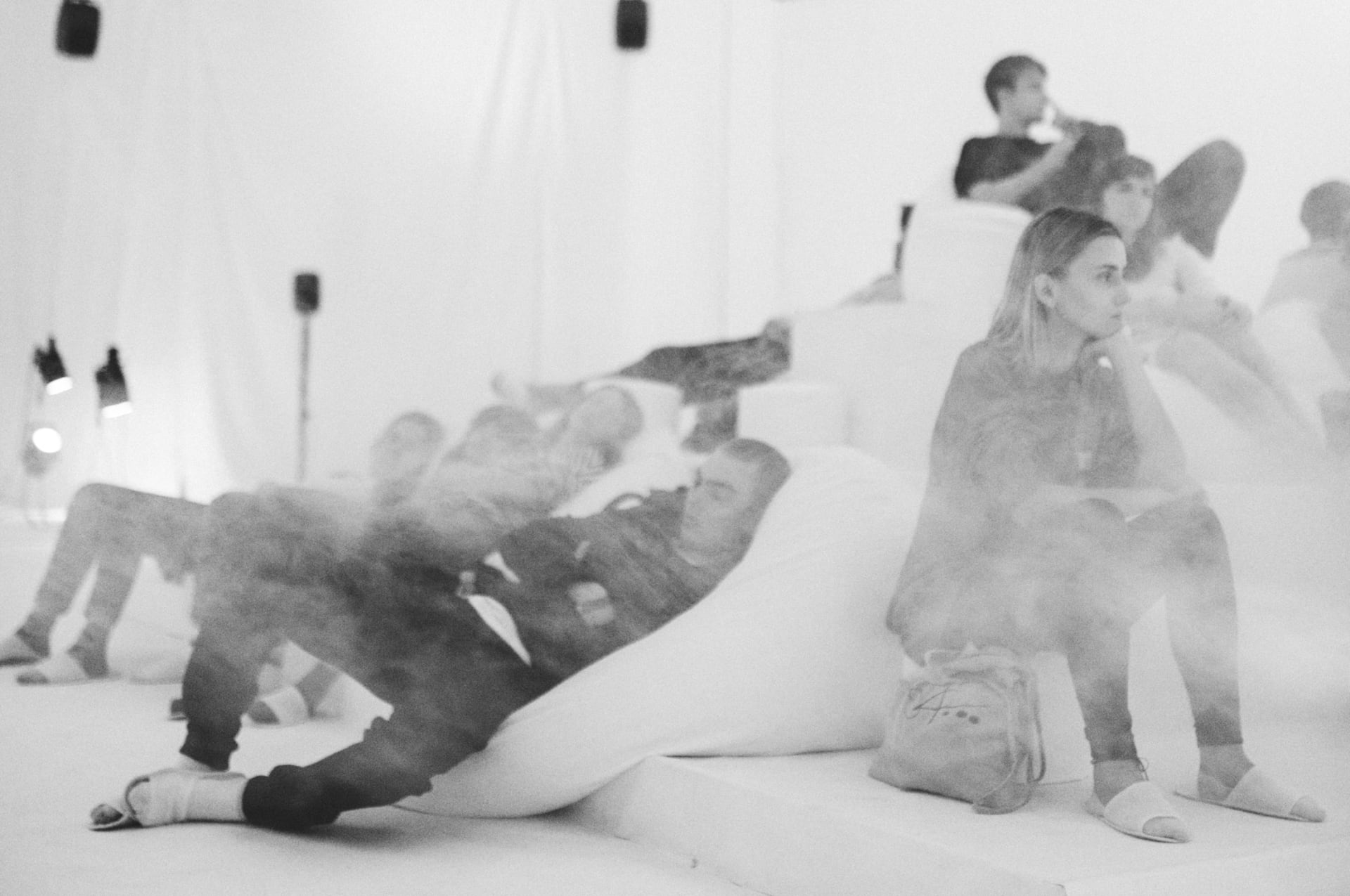
How Unsound’s ‘Ephemera: Foris’ Installation Used Smell And Sound To Explore Climate Change
The installation was a part of last year's Unsound Festival Krakow.
Smell isn’t the first thing that comes to mind when thinking about music. Yet there is actually a powerful relationship between scent and sound—just think about the last time you spent sweating it out dancing to some techno, for instance.
One of the most interesting events at Unsound Festival Krakow last year used this unique relationship to explore how we can preserve endangered ecosystems during the age of the Anthropocene (a concept referring to human impact on Earth’s ecosystems).
Foris was the second chapter of Unsound’s multi sensory Ephemera series, and it combined field recordings by Chris Watson, an immersive light environment by Marcel Weber and a forest-evoking scent developed by Geza Schoen. Frequent Telekom Electronic Beats contributor Daniel Melfi was there, and he wrote this to explain the installation’s significance. Helena Majewska’s photos depict the space of the installation.
Once a hinterland of trees stretching across the European mainland, Poland’s Białowieža woodland is now one of the last traces of Europe’s primeval forest. The portion of land protected is so small that on Google Maps, it takes several zoom ins to see it. And in March of 2016, Poland’s former minister of the environment, Jan Szyzko, tripled logging limits in the UNESCO-protected area.
The damage done—and still being done—is an excellent example of how 20th and 21st century societies have created the age of the Anthropocene, a term that refers to the new ecological era we have entered where humans are responsible for the most impactful changes to the Earth’s natural environment.
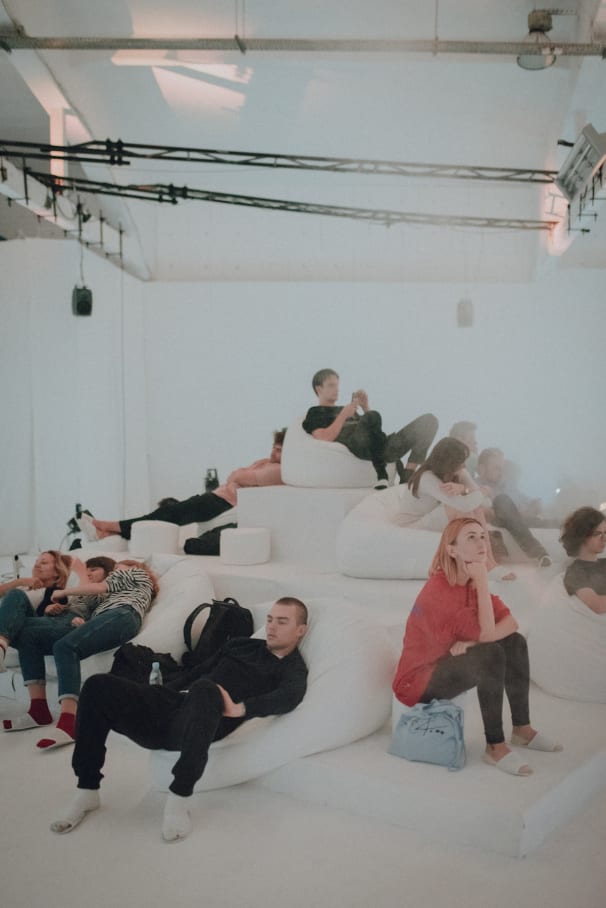
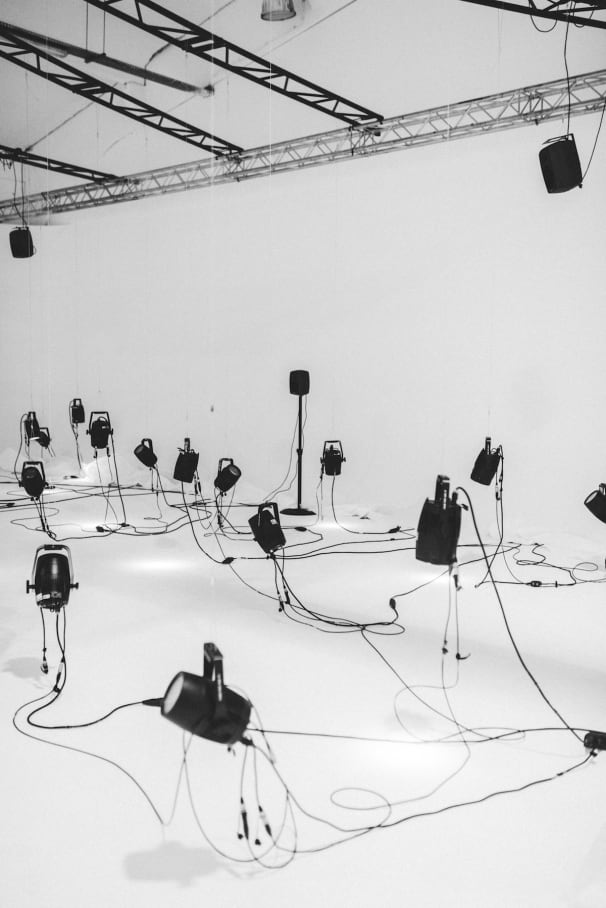
That is the context within which Unsound Krakow’s installation, Ephemera: Foris, debuted during its sixteenth edition in Poland’s former medieval capital last year. Featuring a soundtrack composed by field recording artist Chris Watson (previously covered by Electronic Beats here), an environmental scent created by perfumer Geza Schoen and immersive lighting by designer Marcel Weber (a.k.a. MFO), the installation was an exploration into the reflective power of synesthesia. It also demonstrated how senses can be intensified when they’re working together. Ephemera: Foris focused on the interaction between these sounds, scents and sights.
“All of those natural parks and reserves that earth has, they will soon be unavailable to people,” Unsound executive director and Ephemera: Foris co-curator Gosia Płysa said. “These sealed protected environments that people just go to experience have changed so rapidly…they almost feel like artificial adventure parks.” Ephemera provided an audible insight to the life that still exists in forests around the world, regardless of their partial decimation.
The natural surround sound tracks were recorded by Watson in seven different forests across five continents. The result was a sonic voyage from the Eucalyptus forests of Australia’s Kosciuszko Park to Kenya’s Maasai Mara, England’s Railway Path and Finland’s Taiga forest.
And while the sounds of amphibians, birds and primates seemed almost transcendental at times, Weber’s airy environmental design prevented the installation from trying to be too literal. Yet, there was no denying the arresting nature of the call of a nightingale or the haunting voice of Finland’s arctic loon on a 16-channel sound system.
Before entering, visitors were asked to remove their shoes and replace them with slippers. The space was completely white. Stage lights hung erratically. Their cables traversed the room. They tangled amongst each other on the ground like the roots and vines of ancient trees.
But however strong the bond between sound and sight, Schoen’s scent was the most effective tying link in the synesthetic combination. Its damp, moss-like quality seemed to almost evolve and change as the density of the scent diffused throughout the space during the 45-minute session.

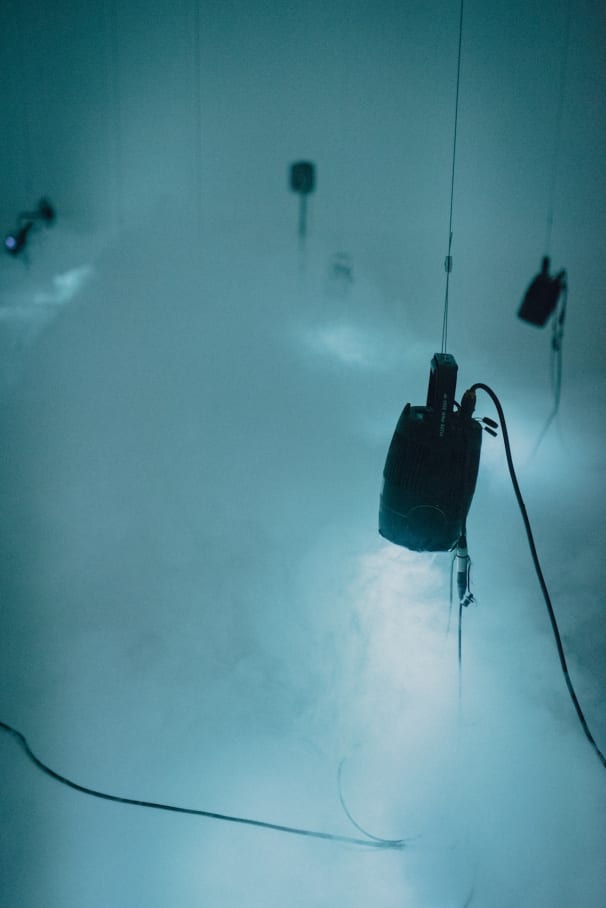
A low-hanging cloud of fog engulfed the floor. It presented the elevated platform where guests sat on beanbag chairs as a sort of mountaintop, looking at the misty white fluff wafting below and beside them.
Although the colors Weber used were natural and the scent felt almost Boreal, it was anything but an attempt at realism. “The idea was to create that space, but not even try to hide the technology, rather to make it in a way painfully obvious that you’re not in nature,” Weber told me. “I was hoping that this absence of the actual real thing would also stimulate a bit of the thought process about [the Anthropocene].”
Schoen was challenged with the task of creating a single scent to be soundtracked by sounds from seven different forests. “Certain guidelines within that are clear—it’s a forest,” he said from a canal-side café in Berlin. “I can influence that with what I perceive in the forest and how I know the tools to actually translate that.”
These interdisciplinary aspects of the installation were endearing, but it was the broader questions it introduced that was the biggest takeaway.
Soon, Weber will make his own journey to the Białowieža forest, which sits on Poland’s Belarusian border. “Why does it have to be open for logging?” he asked. “It does not make sense to me, it’s so irrational.” He remains dubiously discontent. “It’s painful to know that this is still chipped away and it’s getting smaller and smaller.”
Are forests places to visit, to explore but not live with? Will forests eventually present themselves as natural relics of the past?
“Ephemera: Foris is kind of pessimistic in a way because it shows the environment which is not there,” Płysa said, “which could be our future.”
But for Watson, the installation and composition had different effects. As the only one who actually visited all seven of the forests, he’s had an opportunity to experience the density of forest life—or lack thereof—firsthand.
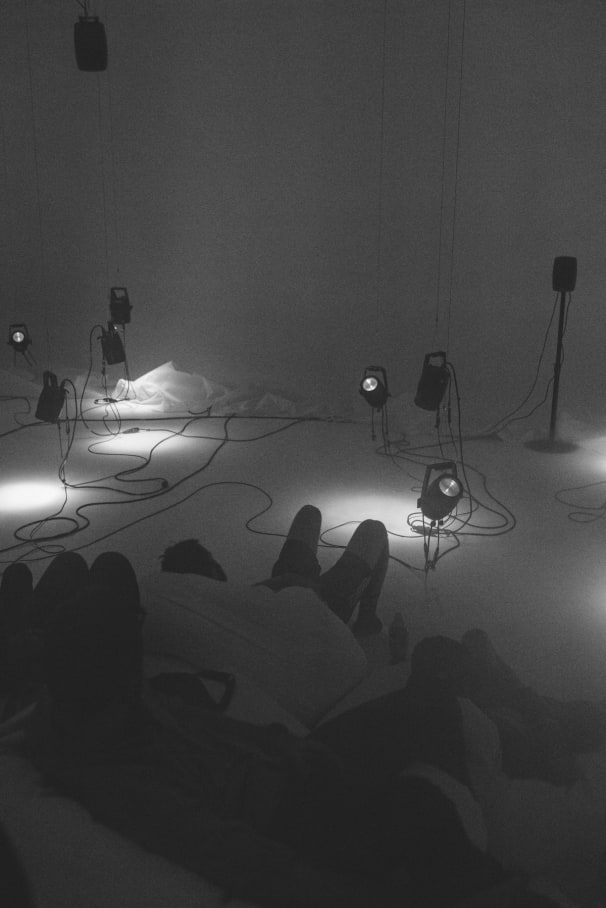
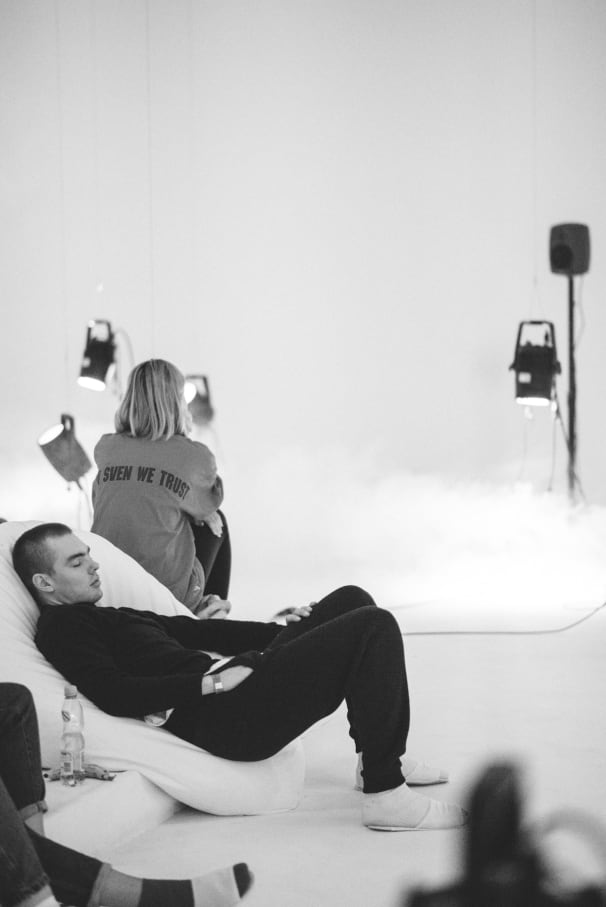
“I’m actually very optimistic because people don’t understand how precious these places are,” he told me outside of the old factory complex where the installation was staged. “Although we’ve lost a lot, I’m very optimistic about the future because so many more people are aware of it and are prepared to do something.”
According to the BBC and DW, the EU has responded to claims by the European Commission and Greenpeace that the government in Warsaw has overseen the felling of over 10,000 trees. Cutting trees over 100 years old is against EU law.
The Polish government has said they will not appeal the ruling of the EU, but will continue to log some trees in the interest of “public safety,” according to The Guardian.
“Presence” was Unsound’s curatorial theme for its 16th edition in Krakow. But, along with the phone screens and cameras present, the art’s context often proved a similarly tough paradox to navigate.
The dichotomy of Ephemera: Foris being presented by a festival where many attendees and artists flew in on low-budget airlines before jetting off to another European metropolis was hardly negligible.
However, if political bodies are not prepared to start a pragmatic discussion about the realities of ecological preservation, it must fall into the hands—or senses—of others. In this respect, Ephemera: Foris’ unique mixture was a good way to start the conversation.
Published January 03, 2019. Words by Daniel Melfi, photos by Helena Majewska.
